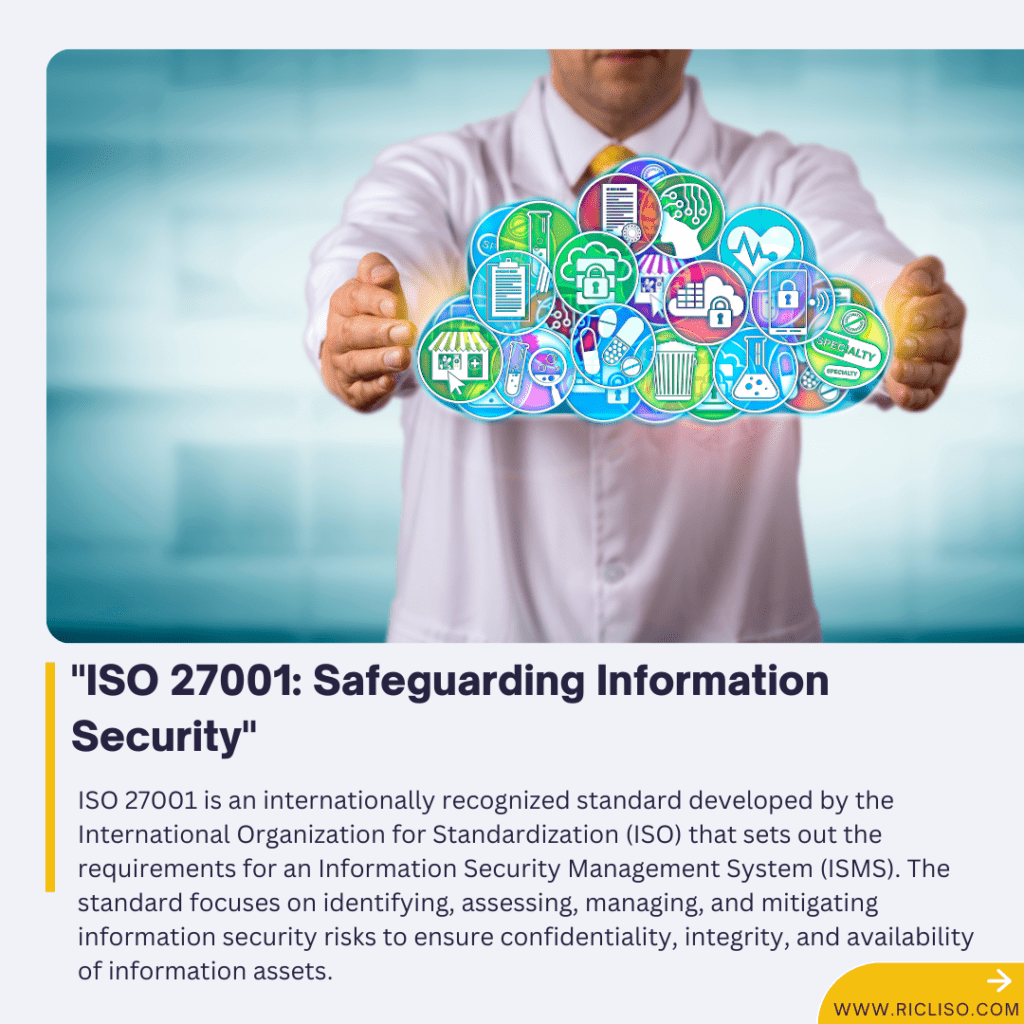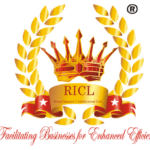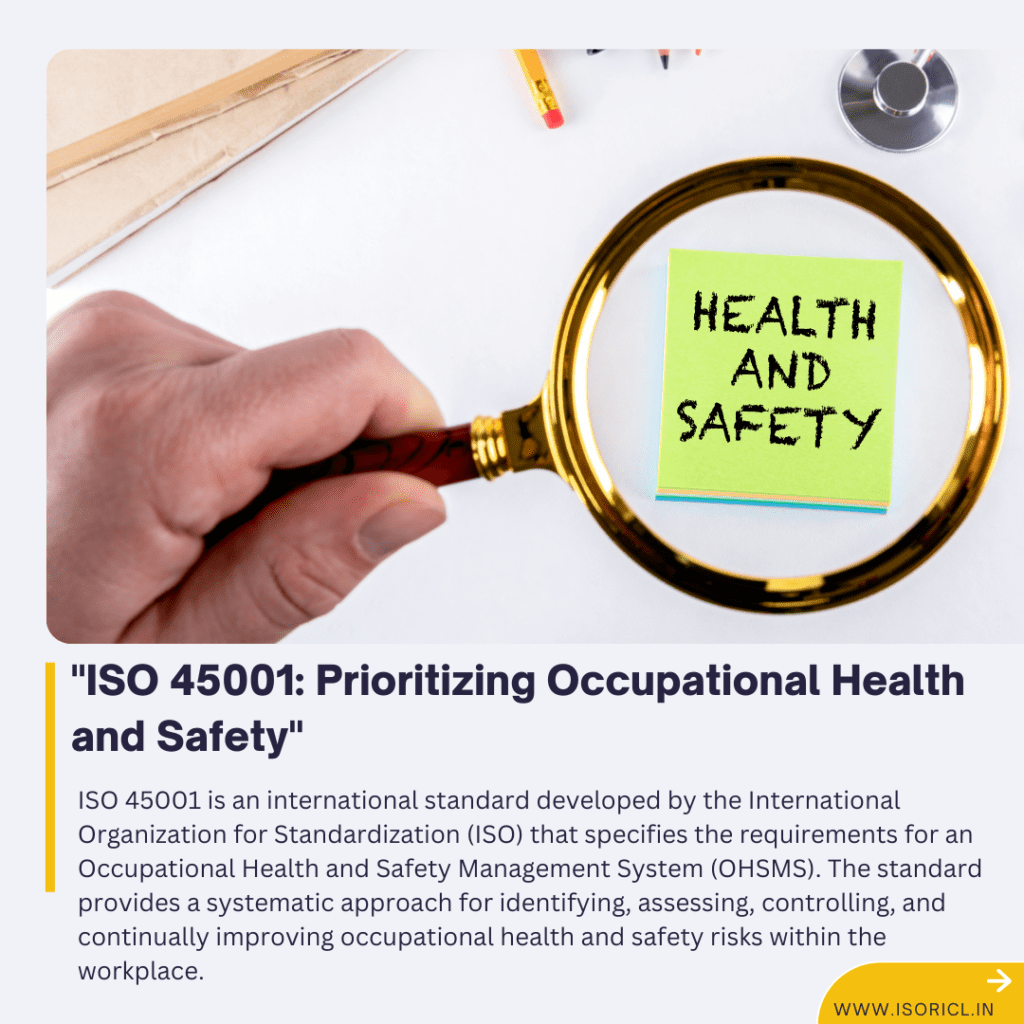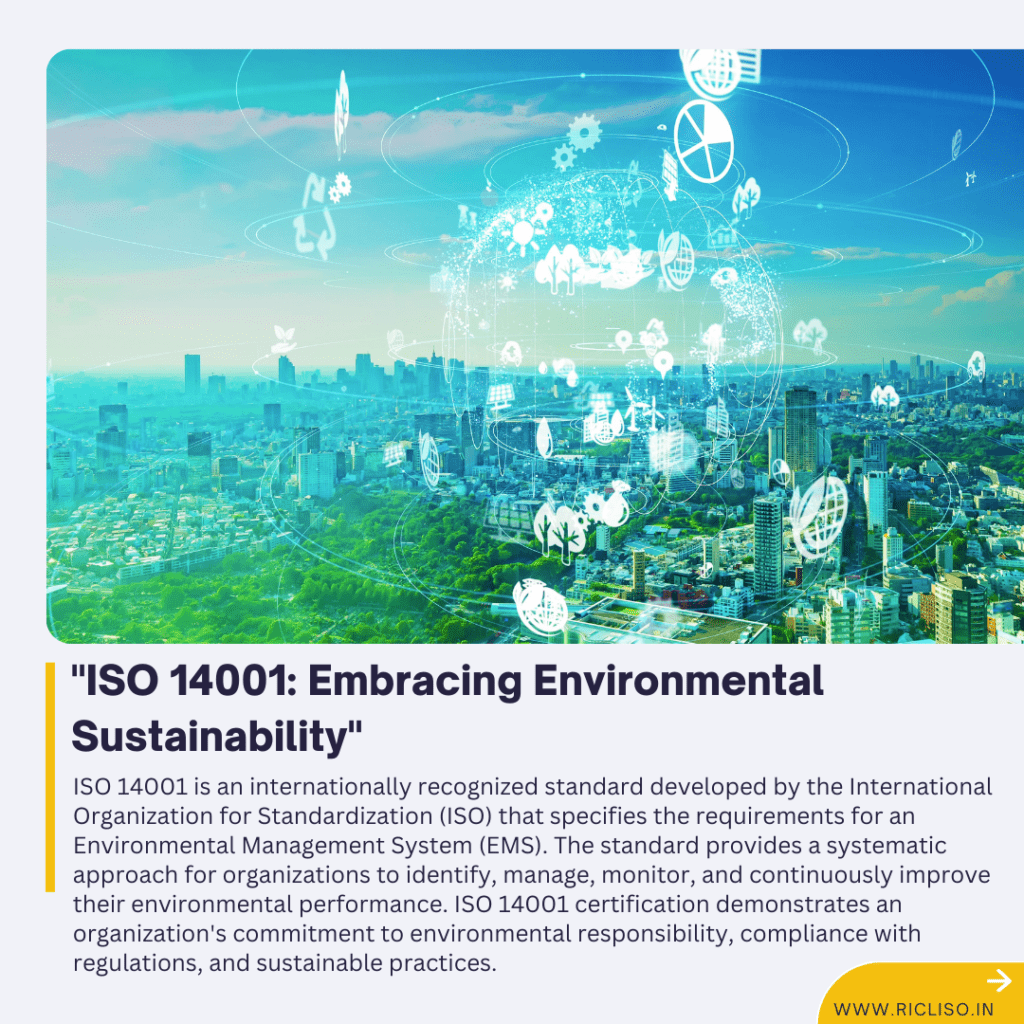ISO 27001 is a global standard from the International Organization for Standardization (ISO). It provides guidelines for creating an Information Security Management System (ISMS) to safeguard sensitive information. By following ISO 27001, organizations can identify, evaluate, control, and reduce information security risks. This helps protect data confidentiality, integrity, and accessibility. Certification under ISO 27001 shows that an organization values data security, meets regulatory requirements, and actively protects sensitive data.

A Journey Through ISO 14001 Certification
Embark on a journey through the evolution of ISO 14001 certification, a global standard crafted by the International Organization for Standardization (ISO) to champion environmental management excellence. Born out of a growing awareness of environmental challenges in the early 1990s, ISO 14001 emerged as a beacon of environmental responsibility, guiding organizations in establishing robust Environmental Management Systems (EMSs) to address environmental impacts effectively.
In this enlightening blog, we delve into the historical roots of ISO 14001 certification, tracing its path from inception to global recognition. Discover how ISO 14001 has evolved over the years, adapting to changing environmental regulations, embracing emerging best practices, and driving continuous improvement in environmental management.
ISO 14001 certification isn’t just about compliance; it’s a testament to an organization’s commitment to environmental stewardship, sustainability, and operational excellence. Through ISO 14001, organizations demonstrate their dedication to understanding, controlling, monitoring, and improving their environmental performance, leading to tangible benefits for the planet and future generations.
History of ISO 27001 Certification
The history of ISO 45001 certification traces back to the need for a globally recognized standard that focuses on occupational health and safety (OH&S) management systems. Prior to ISO 45001, OHSAS 18001 was a widely adopted standard for OH&S management. However, there was a growing demand for a more comprehensive and internationally recognized standard that could encompass a broader range of organizations and industries.
The development of ISO 45001 began in 2013 when the International Labour Organization (ILO) identified the need for an ISO standard specifically focused on OH&S management. This initiative gained momentum with input from various stakeholders, including governments, industry experts, trade unions, and non-governmental organizations.
After several years of drafting, reviewing, and revising, ISO 45001 was officially published in March 2018. This marked a significant milestone as the first truly global standard for OH&S management systems, applicable to organizations of all sizes and sectors worldwide.
ISO 45001 builds upon the principles and requirements of OHSAS 18001 while incorporating a risk-based approach and emphasizing leadership, worker participation, and continual improvement. Its development and publication represent a collaborative effort to enhance workplace safety, prevent accidents and injuries, and promote a culture of health and safety across organizations.
Since its release, ISO 45001 has gained rapid adoption, with many organizations transitioning from OHSAS 18001 to ISO 45001 certification. It continues to evolve, with periodic reviews and updates to ensure its relevance and effectiveness in addressing emerging OH&S challenges and best practices globally.


